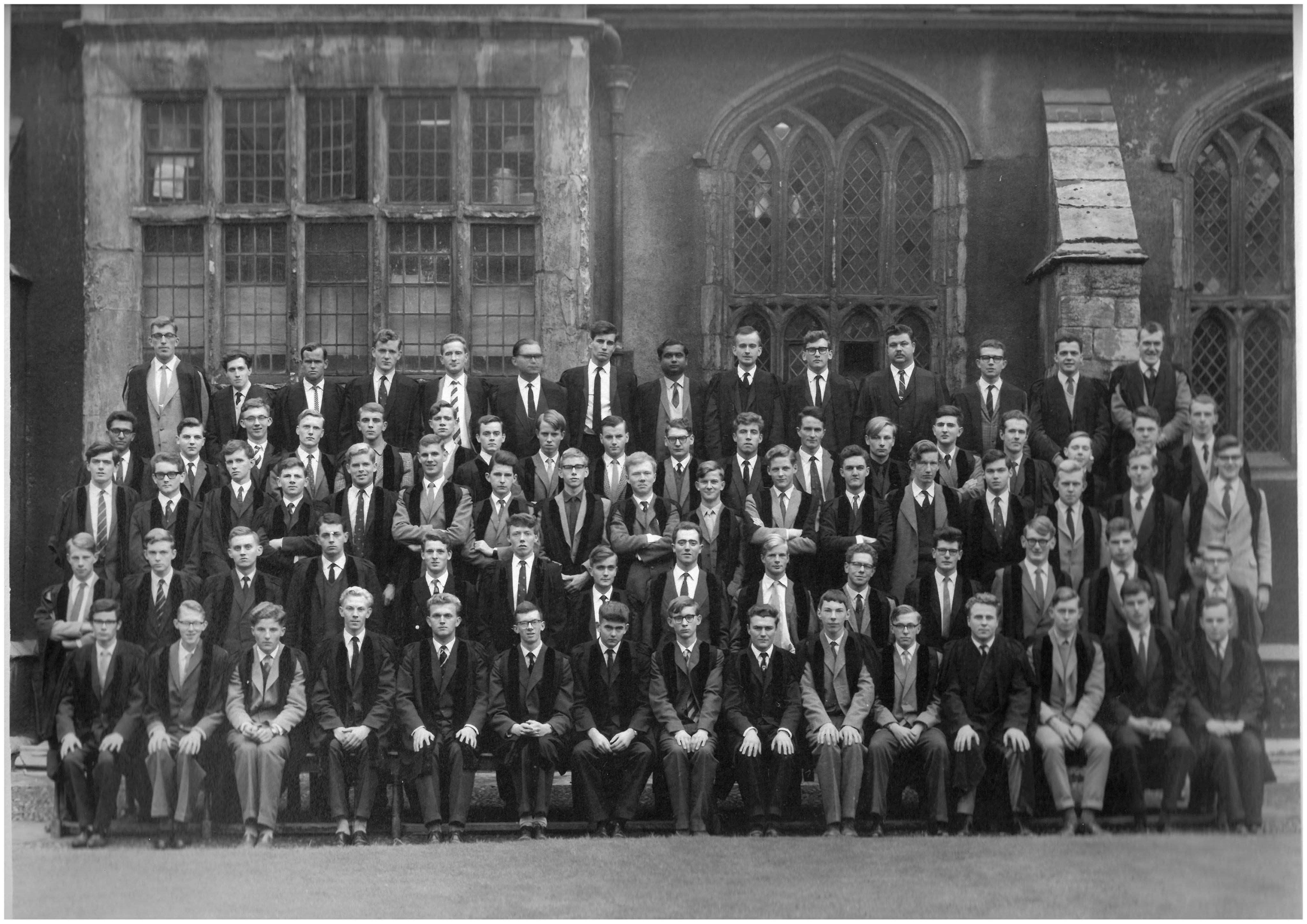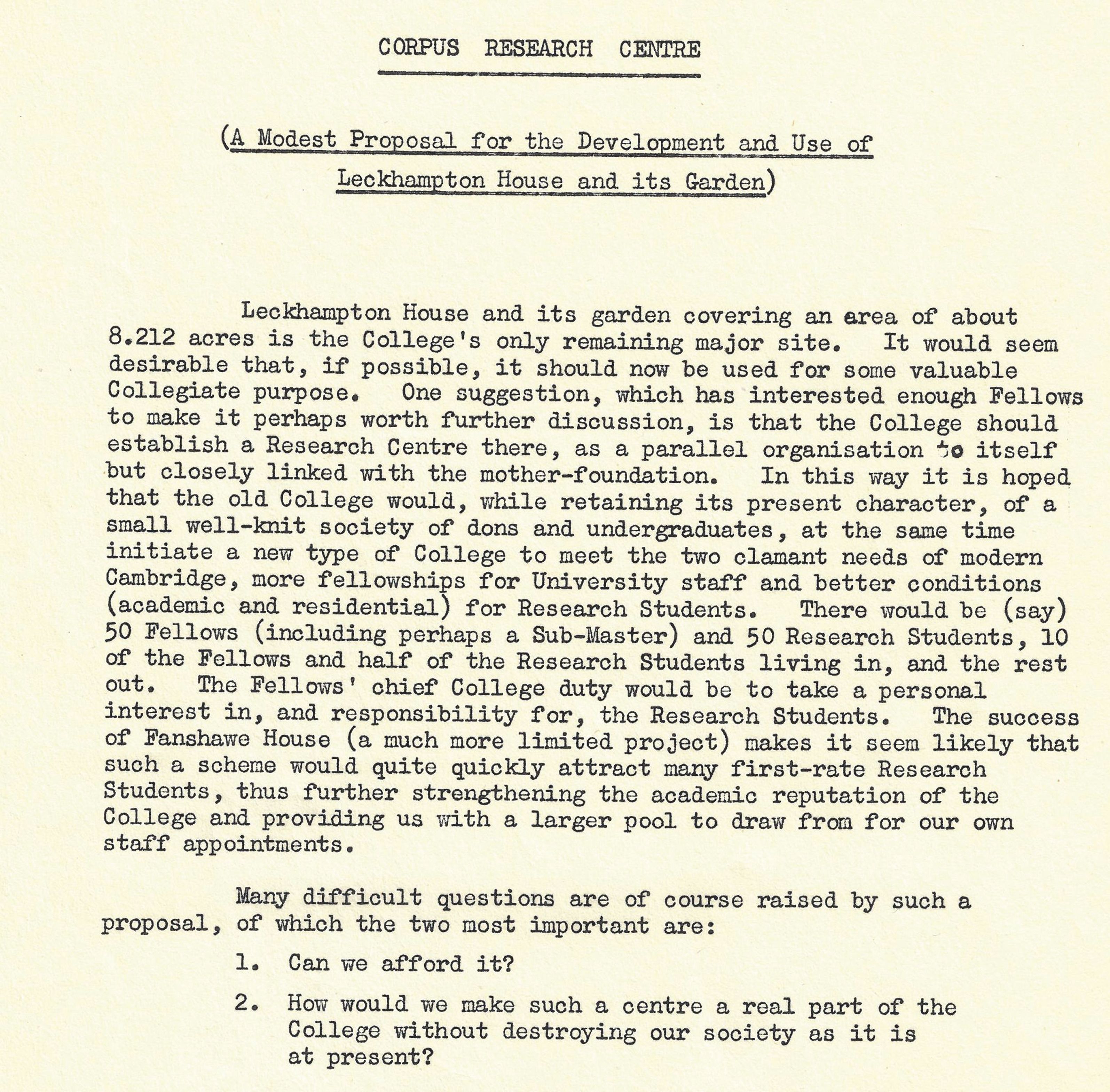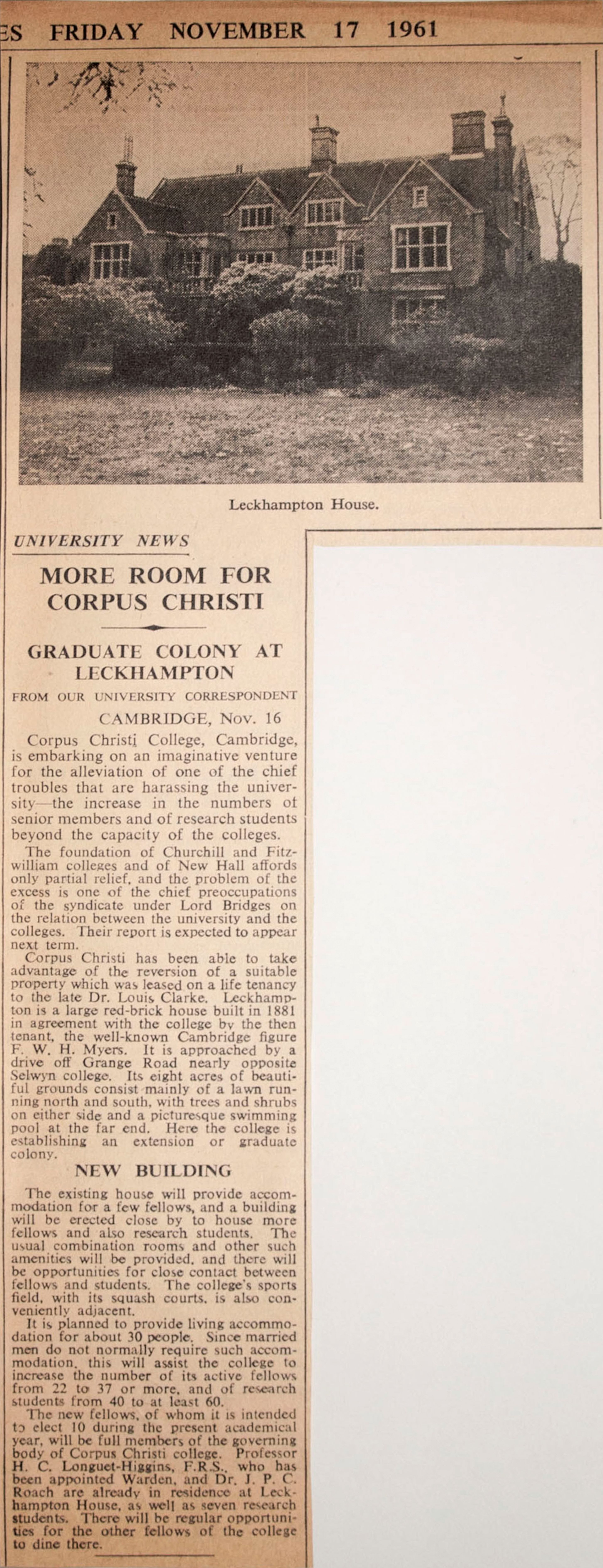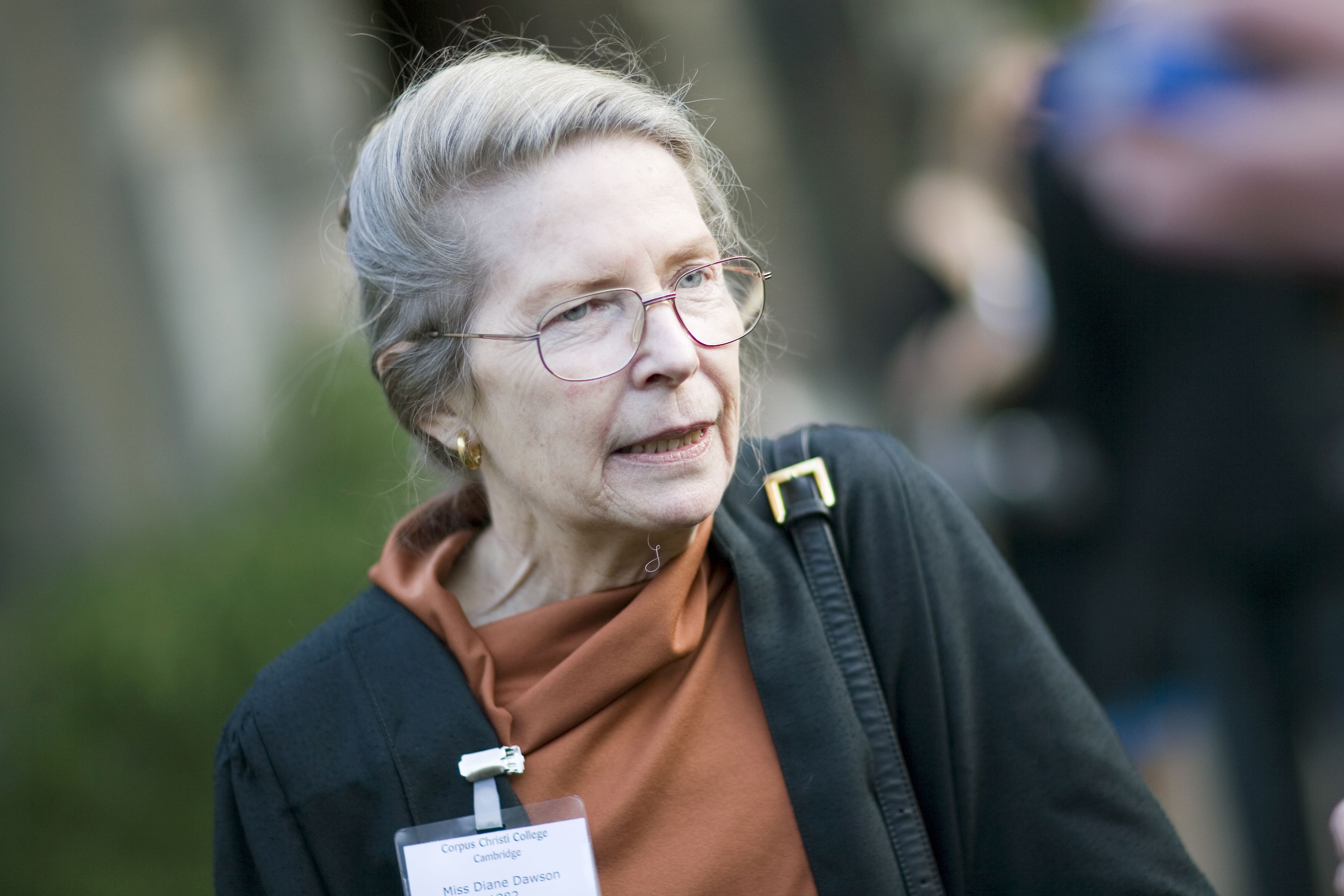The Leckhampton Community

Established in 1962, Leckhampton was the first postgraduate community at the University of Cambridge.
In the late 1950s, as the University expanded and research activity grew, it began to appoint more lecturers and attract more postgraduates. But many lecturers lacked College membership, and Colleges, although charging their postgraduates a fee for membership, did little for them – apart from offering the occasional dinner in Hall. Then, as now, postgraduates often came from other universities or overseas and some were married. They occupied a grey zone between dons and undergraduates and Cambridge had no idea how to provide for them.
Corpus, then the smallest Cambridge college, recognised that research students deserved better and that more attention should be paid to research and scholarship. The College proposed an academic community that would be more egalitarian and open than the existing culture allowed. New, vigorous and based in the existing College property, Leckhampton House, this community would enhance rather than upset the College’s continuing focus on undergraduates.

In February 1961, Senior Tutor Michael McCrum proposed the creation of a community of Fellows and research students at Leckhampton.
In February 1961, Senior Tutor Michael McCrum proposed the creation of a community of Fellows and research students at Leckhampton.
“By the death of Dr Louis Clarke in February of this year, the College recovered possession at midsummer of its property at Leckhampton between the present playing fields and Grange Road... During the coming academic year the house will be occupied by Professor Longuet-Higgins and Dr Roach with seven research students.” The Letter, 1962
Leckhampton was first formed with a Warden and ten full Fellows of the College. Their chief duty was to take a personal interest in and general responsibility for the students, creating an atmosphere favourable to research. Residential accommodation was provided for single Fellows and there were private rooms available for married Fellows along with a generous provision of public rooms.
Accommodation was also provided for all students who wanted it. Initially this was in Leckhampton House and Fanshawe House in Selwyn Gardens. Soon, it expanded to include the newly constructed George Thomson Building – the first building in Cambridge designed specifically for postgraduates. Later, houses in Cranmer Road were acquired and adapted for student use and for couples. The most recent addition, the Kho Building, was completed in 2012. Dining together has always been an important aspect of college life and the original dining hall was recently expanded.

University News, November 1961.
University News, November 1961.
The Leckhampton experiment was an immediate success. Other colleges quietly expanded their postgraduate numbers and Fellowships.
In 1964, Trinity, St John’s and Caius combined to underwrite Darwin as a fully postgraduate college. A year later, the University sponsored University College, later renamed Wolfson College. And in 1966, Clare College founded Clare Hall with a particular emphasis on visiting scholars.
Originally an all-male community, Leckhampton welcomed its first female Fellows and research students in 1982.

The economist Diane Dawson was one of the first female Fellows at Corpus (the other was Charlotte Erickson). Diane is shown here in 2007.
The economist Diane Dawson was one of the first female Fellows at Corpus (the other was Charlotte Erickson). Diane is shown here in 2007.
The College now also has almost equal numbers of men and women, and postgraduates and undergraduates – one of its unique characteristics. The idea of a postgraduate community has enabled the realisation of a college which truly reflects the balance of the contemporary University.
